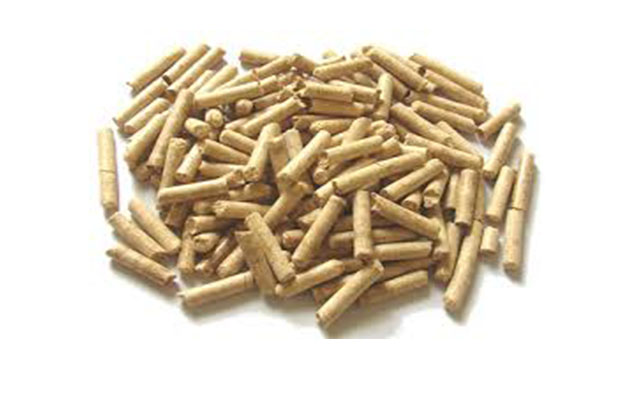Biomass Miscanthus pellets making solution
When it comes to making pellets, particularly for fuel its wood pellets that currently get most of the attention. However, most people realize that wood grows too slowly to meet our current and future energy demands. Therefore we need to grow more energy crops such as miscanthus.
Why choose Miscanthus as biofuel
The rapid growth, low mineral content, and high biomass yield of Miscanthus make it a favorite choice as a biofuels.
Miscanthus is a tall, woody, perennial, rhizomatous grass, originating from Asia, which has a high rate of growth. The plant has a low mineral content that results in higher fuel quality. Annual yield is relatively high: 3 to 6 tons per acre, with low moisture content, so it is well suited to the co-firing coal power plants, large-scale electricity power stations and for home heating in pellet stoves. Besides, unlike other fossil fuels, the combustion of miscanthus has no carbon footprint.
The best way to utilize Miscanthus
Turning Miscanthus into Pellets or Briquettes is a very good way to turn it into a manageable Fuel, and easy to transport long distances.
One tonne of Miscanthus pellets could produce 1.8 MW of Electricity, the equivalent of 0.7t of coal and Miscanthus pellets is a carbon neutral, sustainable energy source, one that grows back every year.
The density of Miscanthus Energy Cubes is approximately 450 -500kg/M³.Miscanthus pellets can be used to produce heat, CHP or electricity power on a range of scales from large power stations (30 MW+) requiring hundreds of thousands of tonnes of biomass annually, to small-scale systems (on-farm or single building) requiring just a few dozen tonnes during winter months.

The benefits of Miscanthus pellets
environmentally friendly
significantly smaller carbon footprint
use of a low-cost 'waste' product
easier handling
easier storage
low dust
high calorific value
Solutions for making Miscanthus pellets
Firstly, crushing the Miscanthus into small size (1-5mm). Since the miscanthus is about 3 meters high and the structure is hard, it should be crushed first before pelletizing to get better quality pellets. A hammer mill can be used for that.
Secondly, moisture content of Miscanthus should be controlled between 14% and 18% with a dryer. If in storage phase, the biomass miscanthus is dry enough for pelletizing.
Thirdly, pelletize the switchgrass material. Here a Miscanthus pellet mill with a high compression die is needed.
Lastly, burn the pellets or packed them for later use.
0086-371-63398802
0086-185-3993-1566
No.100 Shangdu Road, Zhengdong New District, Zhengzhou City, Henan Province, China
CONTACT US
Copyright © 2010 - Henan GELGOOG Machinery Co.,LTD
Links:Packing Machine | Wafer Biscuit Machine |











